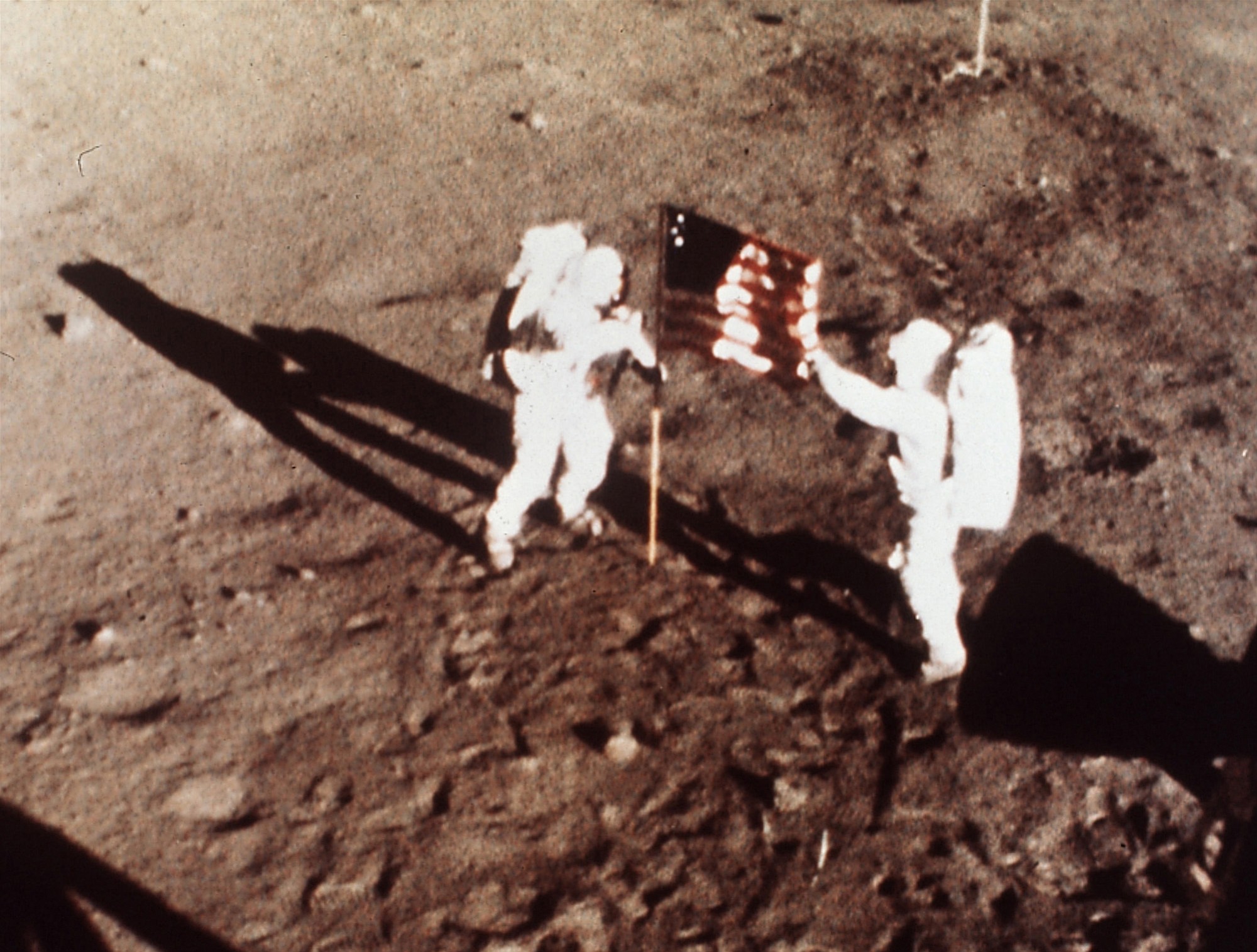It’s one of the iconic images in the history of human achievement: two astronauts planting an American flag on the surface of the moon.
Farouk Huneidi was part of the team that put Buzz Aldrin and Neil Armstrong there on July 20, 1969.
The Salmon Creek resident died on June 26, just missing Sunday’s 45th anniversary of the first moonwalk. The observance will continue this week, including today’s ceremony renaming a NASA facility at the Kennedy Space Center in honor of Armstrong.
Huneidi was a NASA thermal engineer for 32 years, worrying about searing heat and freezing cold. He worked on the Saturn V, the rocket that lifted the Apollo 11 astronauts to the moon.
Janette Huneidi said her husband didn’t have the luxury of sitting at home, watching Armstrong’s “one small step” from the comfort of their couch.
“I’m sure he was at work, sitting at some console” in a NASA operations center, she said.
Huneidi, who died at age 80 after a fall, could claim an iconic image of his own. Did you ever watch space-shuttle launches on TV and see the immense orange fuel tanks that dwarfed the actual spacecraft? Huneidi is the reason the bullet-shaped tanks were orange.
In earlier conversations with The Columbian, he explained the makeover.
For the first two launches, those tanks were painted white. But Huneidi told NASA officials that the paint didn’t offer any protection for the orange spray-on foam that insulated each 530,000-gallon fuel tank.
“The foam had a rind that was waterproof. I wrote the request to take the paint off, and that saved 500 pounds,” Huneidi said.
The family shared another space-launch story a few years ago that featured a flurry of small steps by two grandkids. A 3-year-old granddaughter and 4-year-old grandson came from Kuwait for an extended visit to their Florida home during a period of several shuttle launches.
“We would turn on the television to watch the launch,” Janette Huneidi said. “We’d watch the countdown, and see the fire as it lifted off.
“Then we would turn around and go out the back door and watch across the Indian River,” she said. From their grandmother’s backyard, they had a live view as the shuttle came up over the treetops and headed on its journey.
After the kids went back home to Kuwait, NASA launched another shuttle. They watched the launch on TV, Janette said.
As the TV in the family’s apartment in Kuwait showed the shuttle rising from the launching pad, the children ran to the back window, waiting for the space shuttle to soar over their home.
Off Beat lets members of The Columbian news team step back from our newspaper beats to write the story behind the story, fill in the story or just tell a story.




